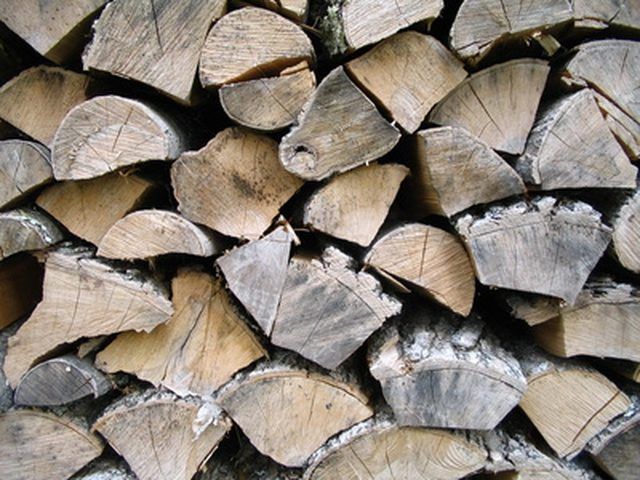Bulbs
Flower Basics
Flower Beds & Specialty Gardens
Flower Garden
Garden Furniture
Garden Gnomes
Garden Seeds
Garden Sheds
Garden Statues
Garden Tools & Supplies
Gardening Basics
Green & Organic
Groundcovers & Vines
Growing Annuals
Growing Basil
Growing Beans
Growing Berries
Growing Blueberries
Growing Cactus
Growing Corn
Growing Cotton
Growing Edibles
Growing Flowers
Growing Garlic
Growing Grapes
Growing Grass
Growing Herbs
Growing Jasmine
Growing Mint
Growing Mushrooms
Orchids
Growing Peanuts
Growing Perennials
Growing Plants
Growing Rosemary
Growing Roses
Growing Strawberries
Growing Sunflowers
Growing Thyme
Growing Tomatoes
Growing Tulips
Growing Vegetables
Herb Basics
Herb Garden
Indoor Growing
Landscaping Basics
Landscaping Patios
Landscaping Plants
Landscaping Shrubs
Landscaping Trees
Landscaping Walks & Pathways
Lawn Basics
Lawn Maintenance
Lawn Mowers
Lawn Ornaments
Lawn Planting
Lawn Tools
Outdoor Growing
Overall Landscape Planning
Pests, Weeds & Problems
Plant Basics
Rock Garden
Rose Garden
Shrubs
Soil
Specialty Gardens
Trees
Vegetable Garden
Yard Maintenance
How to Age & Store Firewood
How to Age & Store Firewood. Green, freshly cut firewood is notoriously difficult to ignite and keep burning. If you do manage to get a fire going with wet wood, it produces a lot of smoke and little heat, making it especially undesirable for cooking or indoor use. This can be avoided by properly aging and storing your firewood beginning several...

Green, freshly cut firewood is notoriously difficult to ignite and keep burning. If you do manage to get a fire going with wet wood, it produces a lot of smoke and little heat, making it especially undesirable for cooking or indoor use. This can be avoided by properly aging and storing your firewood beginning several months before you need it.
Things You'll Need
Wooden fence posts
Post hole digger
Wooden pallets
Plastic tarp
Unseasoned (green) firewood
Determine the dimensions of your stack or stacks. The length and width depend completely on the size of your stove.
Firewood needs to be stacked off the ground to accelerate drying and prevent mold. You should choose a relatively flat spot as your storage area. Lay down recycled wooden pallets or cover the area with a flat bed of gravel.
It is best to store the firewood in a two- or three-walled shed with a roof. If this is not an option, you need to place fence posts at either end of your stacks to keep them from collapsing. Dig 2- to 3-foot-deep post holes, plant your posts and pack the dirt around them to secure them.
Stack your wood so the ends face north to south. This helps the firewood age faster. Stack each layer in the grooves of the layer beneath it. Some people prefer to stack the wood crossed so that even layers face north to south and odd layers face east to west. While this increases air exposure, it creates an unstable stack unless the stacks are braced against walls.
If you live in a particularly wet region, you can cover your firewood with a tarp, lumber or scrap metal. To accelerate seasoning, leave the wood uncovered. A third option, which takes advantage of both the other options, is to place the wood in a shed with a roof that does not touch the top of the stack. That gives the wood air exposure and cover.
Tips & Warnings
Storing wood in a sunny area accelerates aging.
It can take between four months and two years for wood to be completely seasoned.